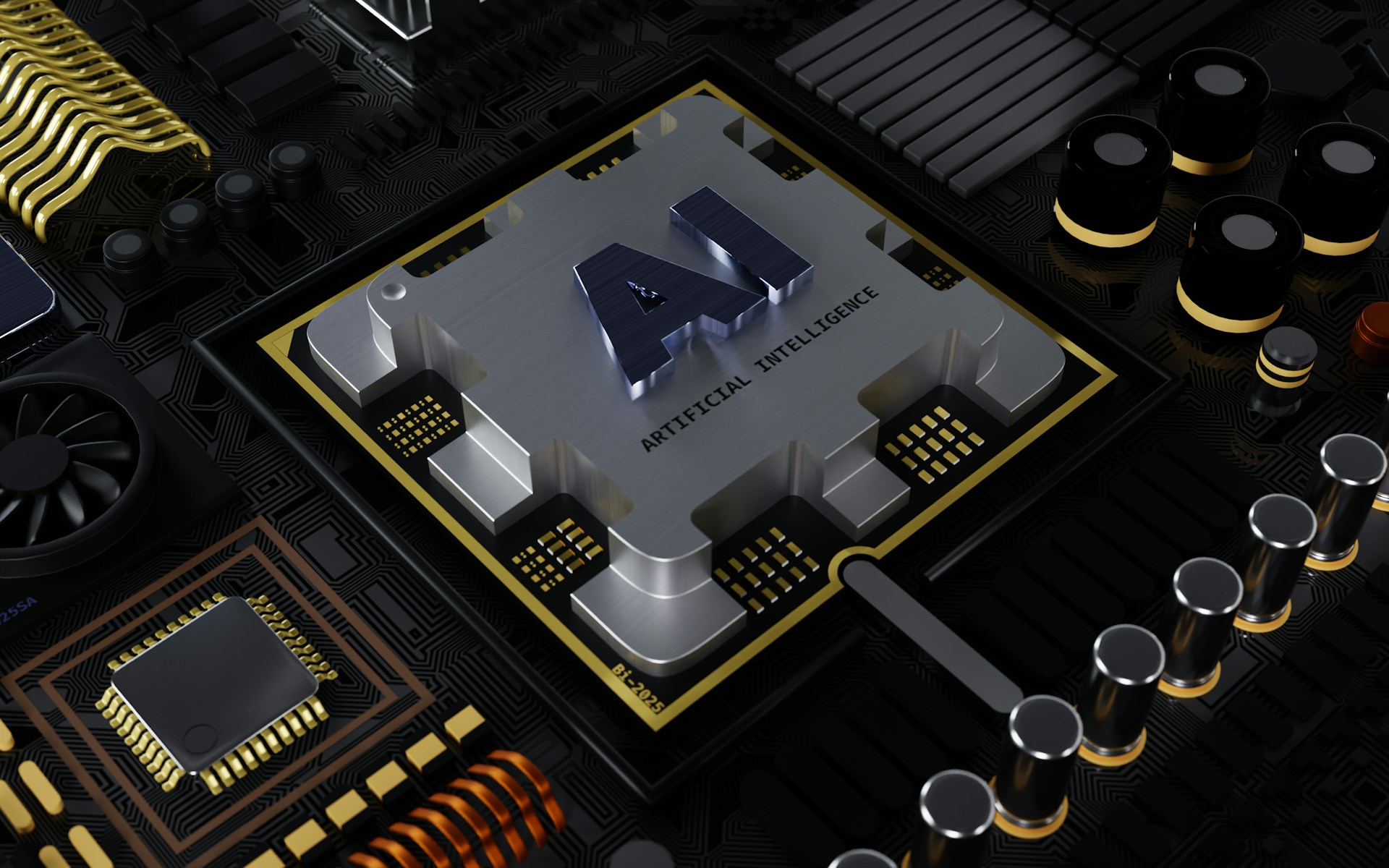
Chinese artificial intelligence company Z.ai claims its newly released GLM-4.5 model delivers results matching leading American systems while charging far less money.
The Beijing-based company, formerly known as Zhipu, charges 11 cents per million input tokens and 28 cents per million output tokens. DeepSeek’s comparable R1 model costs 14 cents and $2.19, respectively, making Z.ai’s output pricing nearly eight times cheaper.
GLM-4.5 only needed eight Nvidia H20 chips to operate, CEO Zhang Peng told CNBC Monday. The H20 is Nvidia’s export-restricted chip designed specifically for the Chinese market under U.S. trade controls.
Z.ai’s model ranks third globally across 12 benchmarks measuring reasoning, coding, and agent capabilities. Only OpenAI’s o3 and xAI’s Grok 4 scored higher, while GLM-4.5 matched or exceeded Claude 4 Opus and Gemini 2.5 Pro on several tests.
The release adds pressure to an already competitive landscape. China has launched 1,509 large language models as of July, leading global production according to state media reports.
GLM-4.5 uses 355 billion total parameters but activates only 32 billion during operation, reducing hardware requirements. The company also offers GLM-4.5-Air, a lighter version with 106 billion parameters and 12 billion active processing units.
Both models feature dual operating modes. A “thinking mode” handles complex reasoning tasks, while a “non-thinking mode” provides instant responses. The system can automatically generate PowerPoint presentations and supports virtual character development for customer service applications.
“As a good LLM, it is necessary to deal with general problem solving, generalization, commonsense reasoning and self-improvement,” Z.ai stated in its blog post announcing the release.
Training involved 22 trillion tokens split between general-purpose and specialized coding data. The company used its proprietary “slime” reinforcement learning system to optimize performance on agent tasks.
The software comes with Apache 2.0 licensing, meaning anyone can use it, change it, or sell it for free. This contrasts with many proprietary American models that charge premium rates for enterprise access.
Z.ai has raised $1.5 billion from investors including Alibaba, Tencent, and municipal funds from Hangzhou and Chengdu. Aramco-backed Prosperity7 Ventures also contributed funding.
However, the U.S. Commerce Department added Z.ai to its Entity List in January, limiting American business partnerships. OpenAI specifically named the startup in June, warning about Chinese AI progress.
The release coincides with the World Artificial Intelligence Conference in Shanghai, where multiple Chinese firms demonstrated new capabilities. Alibaba recently showed its Qwen3-Coder model, while Tencent launched HunyuanWorld-1.0 for game development.
Zhang declined to share training costs but said the company maintains sufficient computing power for current operations. Z.ai reportedly plans an initial public offering in Greater China later this year.
The release signals continued Chinese efforts to challenge American AI leadership through cost efficiency and open-source availability, potentially reshaping global market dynamics.

















